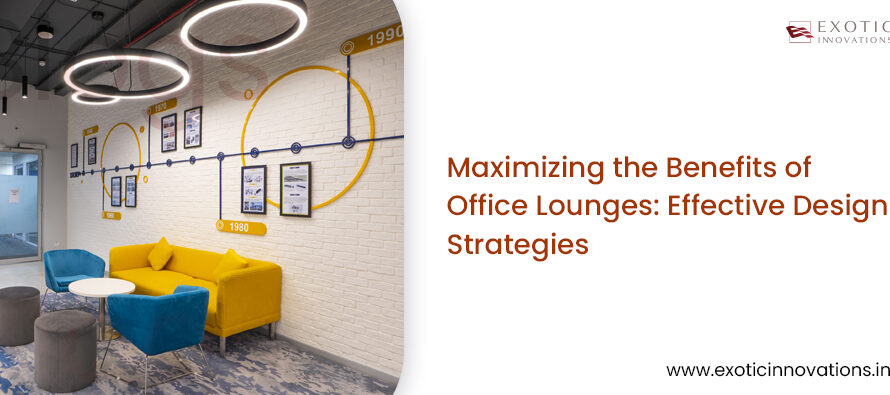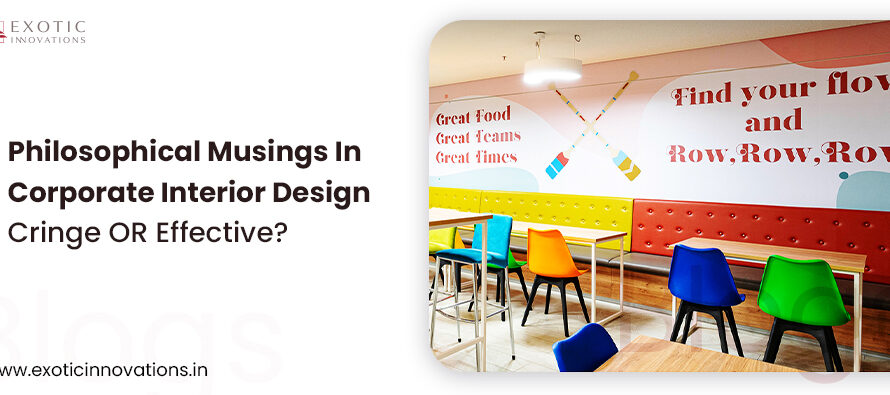As the year comes to a close, it’s natural to reflect on past achievements and plan for the future. For interior designers and builders, this period is an ideal opportunity to map out career goals and align them with the evolving demands of the industry. The process of setting realistic and actionable goals can ensure growth, creativity, and success in 2025. Here’s how to approach this pivotal task with clarity and purpose.
Reflect on Your 2024 Achievements
Taking a moment to assess the highlights and challenges of 2024 is crucial. Reflect on the projects that brought the most satisfaction and the ones that pushed your limits. For interior designers, this could involve identifying which design trends resonated most with clients or understanding the innovations that defined your year. Builders might evaluate the efficiency of their workflows, the successful completion of projects, or how they adopted new technologies. Documenting these insights will help you understand your strengths and pinpoint areas for improvement as you move forward.
Define Your Long-Term Vision
Having a clear long-term vision is the foundation of goal setting. Where do you see yourself in the next five or ten years? Whether your ambition is to lead sustainable design innovations or manage a construction firm known for precision, your 2025 goals should be aligned with this larger vision. For example, if you aspire to specialize in luxury interiors, focus on building a portfolio that highlights your expertise in high-end designs. Builders might aim to achieve certifications in green construction or expand their portfolio to include complex commercial projects. A well-defined vision ensures your efforts are directed towards meaningful growth.
Set SMART Goals Specific to Your Field
Setting SMART goals—Specific, Measurable, Achievable, Relevant, and Time-bound—is an effective way to create actionable objectives. For interior designers, this might mean mastering new software or completing a specific number of residential projects by year-end. Builders could aim to adopt innovative techniques or complete certifications that enhance their professional capabilities. For instance, a specific goal could be, “Design three sustainable living spaces by mid-2025,” or “Streamline material procurement processes to reduce costs by 10%.” SMART goals provide structure, ensuring you remain focused and results-driven.
Invest in Skill Development
The interior design and construction industries are continuously evolving. Keeping up with emerging trends and technologies is essential for staying relevant. Interior designers might consider learning advanced 3D rendering techniques, exploring new software like Revit, or studying the principles of biophilic design. Builders, on the other hand, could focus on sustainable building practices, adopt project management tools, or deepen their knowledge of prefabrication technologies. Enrolling in workshops, attending industry expos, and completing online certifications can enrich your expertise and enhance your professional appeal.
Strengthen Your Professional Network
Networking is a powerful tool for career growth. Collaborating with architects, suppliers, and other industry professionals can open doors to new opportunities. For 2025, set goals to attend design expos, join professional associations, or partner with like-minded professionals. Interior designers could aim to connect with brands that align with their creative vision, while builders might prioritize relationships with sustainable material suppliers. Strengthening both new and existing connections can foster collaboration and expand your professional horizons.
Embrace Industry Trends and Innovations
To stay ahead in a competitive field, it’s vital to embrace emerging trends and technologies. Interior designers should pay attention to concepts like smart home integration, wellness-focused designs, and sustainable materials. Builders can explore advancements in construction techniques such as modular building, 3D printing, or energy-efficient systems. Setting goals to experiment with these trends can position you as a forward-thinking professional. For example, incorporating smart lighting systems or eco-friendly materials into your projects could elevate your designs and appeal to modern clients.
Balance Creativity with Practicality
While creativity is the heart of design, practicality ensures its success. Interior designers should aim to improve skills such as budgeting and client communication, while builders can focus on streamlining workflows or reducing material waste. Achieving a balance between artistic vision and operational efficiency not only enhances the quality of your work but also boosts client satisfaction. Practical goals might include refining project management skills or implementing better time management practices.
Track Your Progress and Celebrate Achievements
Regularly tracking your progress is essential for maintaining momentum. Create a system to review milestones, adjust goals as needed, and celebrate accomplishments along the way. Recognizing even small achievements can keep you motivated and reinforce your commitment to growth. For instance, completing a challenging project or receiving positive client feedback are milestones worth acknowledging. Celebrating success fosters a positive mindset and encourages continuous improvement.
Mapping your vision and setting achievable career goals for 2025 is an empowering process. For interior designers and builders, it’s an opportunity to align professional aspirations with industry trends, embrace innovation, and grow both creatively and practically. By reflecting on past achievements, investing in skill development, and building strategic relationships, you can create a roadmap for success.
Remember, the key to thriving lies in balancing ambition with realism, creativity with execution, and passion with perseverance. With a clear vision and actionable plan, 2025 can be a transformative year for your career in design and construction.
Liked our blog? Share your opinion in the comments below!



